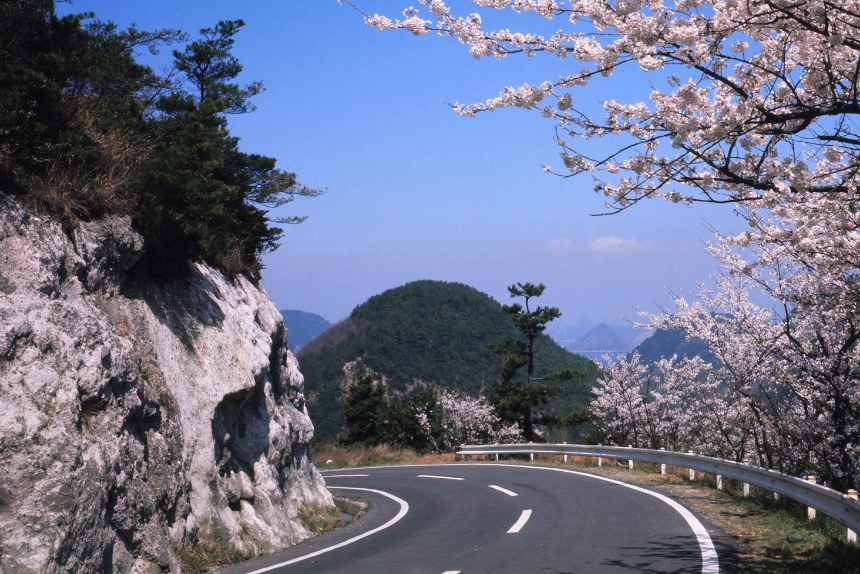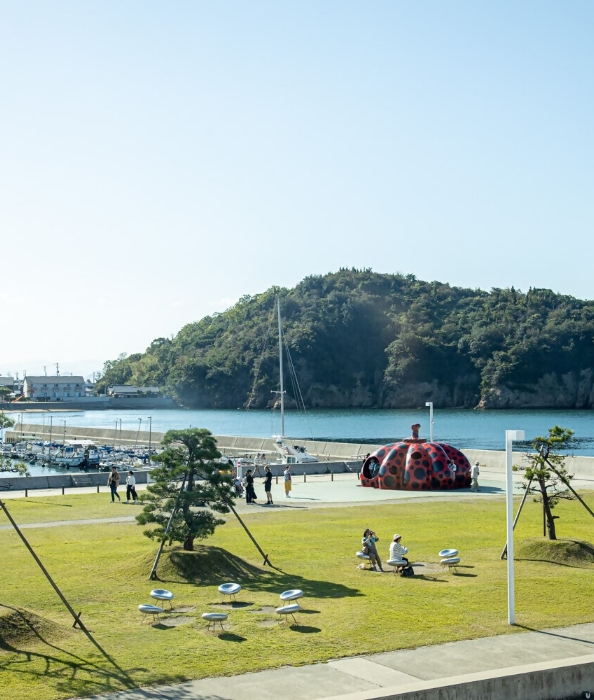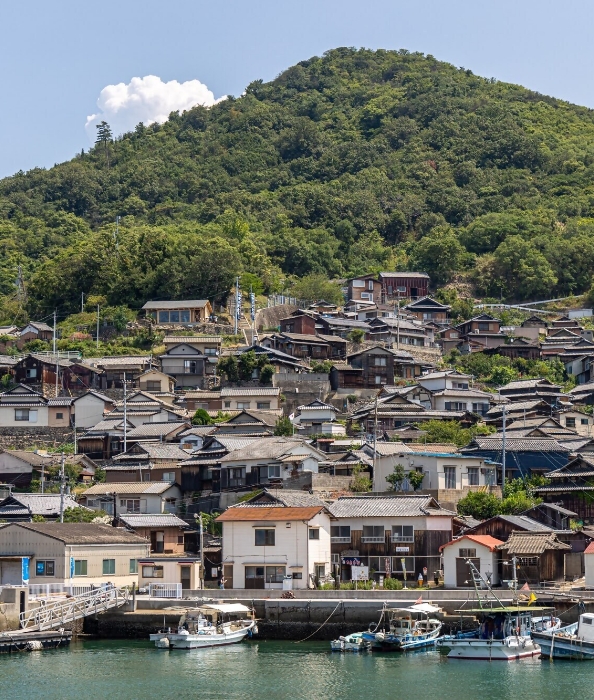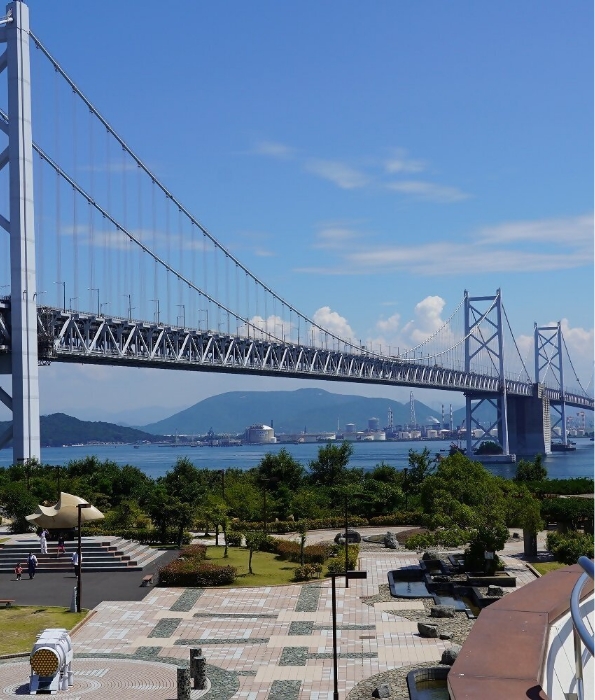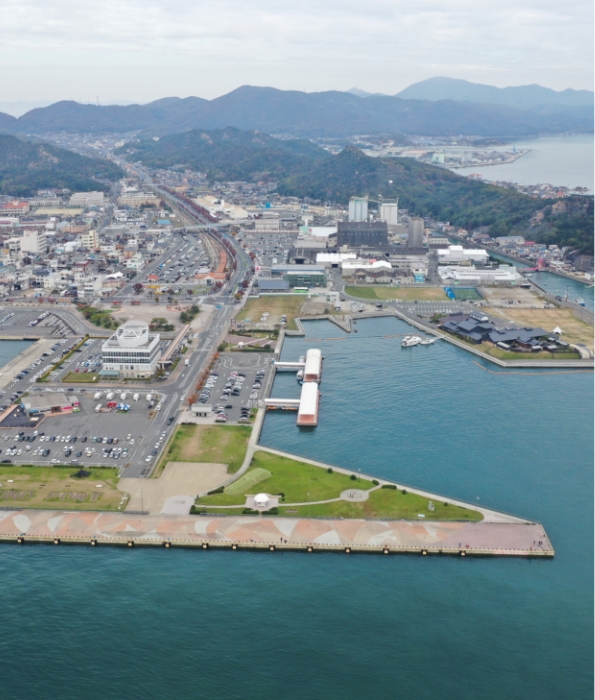Islands and Venues

Seto Ohashi Bridge Area
Where multiple islands are connected to Shikoku by the Seto Ohashi Bridge and land bridges.
Some of the straits between the islands in this area were extremely narrow and have since been filled in to form land bridges with Shikoku. In 1988, the Seto Ohashi Bridge was suspended across the Inland Sea, connecting Kagawa and Okayama prefectures.
It is the world's longest combined railway and road bridge.
Seijima has a thriving sea bream fishing industry, Shamijima’s beaches and neighboring Seto Ohashi Commemorative Park attract many visitors, and the Ogoshi area produces many citrus fruits.

Seijima
Seijima was once an island but is now connected to Shikoku by a land bridge. It currently has a population of about 500, and its residents carry on cultural traditions and festivals, such as the Daishi Market and the fall festival. Seijima was such a rich sea bream fishing ground that tourist companies offered boat tours complete with geisha for people to enjoy the spectacle of the fishermen hauling in their nets.

Shamijima
Shamijima appears in a waka by the famous poet Kakinomoto Hitomaro published in the Man’yoshu, Japan’s oldest poetry anthology. Like Seijima, it was once an island but the channel was filled in during a land reclamation project. Its popular scenic beach was selected by the Ministry of the Environment as one of Japan’s top 100, and the Seto Ohashi Commemorative Park, which is right beside the former island, also attracts many visitors.

Ogoshi District
Located east of Sakaide City, the Ogoshi district is cradled by the slopes of Goshikidai Mountain facing the Seto Inland Sea. Farming, particularly orange and lemon orchards, flourish here. The Goshikidai Skyline, a route that passes along the mountain’s plateau, provides spectacular views of the Seto Inland Sea from the forested slopes.
